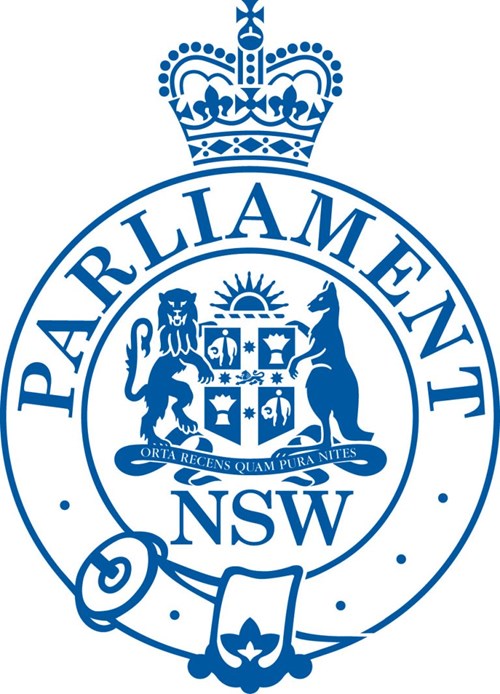Six people have died on Illawarra roads so far in 2023, a year that has seen road trauma spike in NSW.
To date, 331 people have been killed on the state's roads - a 26 per cent increase on the same time last year.
Three of these people have lost their lives within the Wollongong local government area, two in Shellharbour, and one in Kiama.
For Wollongong, this is - to date - fewer than the six people killed in crashes in the whole of 2022.
But for Shellharbour and Kiama the figures represent an increase: the former LGA saw one road death last year, while the latter had none.
However, the figures are still far lower than 2020, the worst year of the past five years for the Illawarra when it comes to lives lost on the road.
That year, 12 people were killed in crashes, 11 of them on Wollongong's roads.
The alarming road toll already counted in NSW this year is inching towards that seen pre-pandemic: in 2019, 353 people were killed in NSW.
Sally Webb, Transport for NSW's deputy secretary for safety, environment and regulation, said every death or serious injury was a tragedy that had an impact which echoed through the community.
"Road deaths are particularly hard for many country communities where people may have life-long ties to country towns," Ms Webb said.
Seatbelt cameras coming into force
A significant risk factor for significant injury and death in a crash is the use of a seatbelt: the chance of survival in a crash doubles when a person is wearing one.
From 2018 to 2022, more than 140 people were killed in crashes in NSW where occupants were not wearing a seatbelt.
NSW parliament passed legislation in November that will mean mobile phone detection cameras across the state can be used to pick up seatbelt offences.
It will take about six months to prepare the cameras, so it is expected they will be able to detect people not wearing seatbelts from about mid-2024.
There will be no grace period for motorists who are caught once the cameras are ready.
Heathcote MP Maryanne Stuart said more than 10,000 fines were issued for seatbelt offences in NSW each year.
Ministers hash out agreement as organisations call for data sharing
The Australian Automobile Association (AAA) is driving a campaign to make mandatory the sharing of state and territory data on crashes, fatalities and injuries in a bid to target road funding where it is needed most.
The organisation says it is currently politics that sways funding decisions.
Federal, state and territory ministers met on Wednesday, December 5 to finalise the new national land transport infrastructure agreement, which will outline how $50 billion in federal road funding is allocated over five years.
The AAA's managing director, Michael Bradley, said making federal funding contingent on the states' provision of data would be "Australia's most meaningful safety-related reform in decades".
"Data transparency will save lives, curb billions of dollars in wasted expenditure, and deliver the funding integrity voters want and expect," Mr Bradley said.
The Australian Medical Association (AMA) supports the campaign and has written to federal Transport Minister Catherine King to request that data sharing obligations are included in the new national agreement.
AMA president Professor Steve Robson said medical practitioners and other health workers often saw road trauma.
"To understand what's really happening and to develop effective policy we need a data set that gives the big picture," Professor Robson said.
"A national data set would provide a better understanding of the causes of crashes and help guide investment in more effective road safety and transport infrastructure policy."
Australia's National Road Safety Strategy aims to cut the annual number of fatalities by at least 50 per cent and serious injuries by at least 30 per cent by 2030, with a view to reach zero deaths or serious injuries by 2050.


